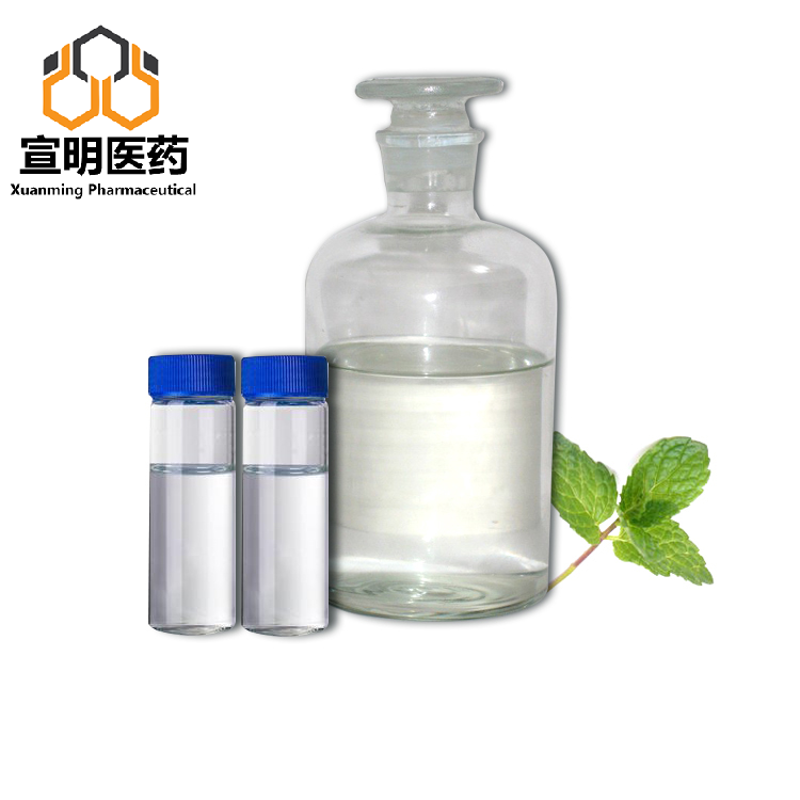-
Categories
-
Pharmaceutical Intermediates
-
Active Pharmaceutical Ingredients
-
Food Additives
- Industrial Coatings
- Agrochemicals
- Dyes and Pigments
- Surfactant
- Flavors and Fragrances
- Chemical Reagents
- Catalyst and Auxiliary
- Natural Products
- Inorganic Chemistry
-
Organic Chemistry
-
Biochemical Engineering
- Analytical Chemistry
-
Cosmetic Ingredient
- Water Treatment Chemical
-
Pharmaceutical Intermediates
Promotion
ECHEMI Mall
Wholesale
Weekly Price
Exhibition
News
-
Trade Service
| Animal-derived drug-resistant genes and resistant bacteria can accumulate in dust for a long time |
Professor Ying Guangguo's Antibiotic Resistance Research Group, Bai Hong and others from the School of Environment of South China Normal University studied the transmission mode and exposure risk of ARGs and ARBs (especially zoonotic pathogens) transmitted in the atmosphere in chicken farms and dairy farms.
, And assessed their exposure risk to the breeding professionals and residents in the surrounding areas
.
Related research was recently published in "Environmental International"
Antibiotic resistance is one of the greatest threats to human and animal health globally
.
The potential transmission modes of airborne bacteria and ARGs of animal origin are poorly understood
The farm is considered an important repository of antibiotic resistance genes (ARGs) and antibiotic resistance bacteria (ARB)
.
The researchers collected samples of airborne microorganisms, staphylococci, dust and animal feces from the breeding area and the surrounding environment (upwind and downwind areas)
The results of the study show that there are many ARGs in the atmosphere of the farm
.
Diffusion model analysis found that ARGs can spread from the breeding area along the wind direction to the environment 10 kilometers away
The level of ARGs in the air of chicken houses is generally higher than that of dairy houses
.
The number of resistance genes detected in chicken houses and dairy houses decreases with the direction of the wind
In general, bacteria carrying ARGs can be easily dispersed from animal houses by natural wind, especially in flat places and open-air stall systems
.
The diffusion model shows that airborne bacteria from livestock houses can even spread up to 10 kilometers in the wind direction
In chicken farms and dairy farms, the abundance of ARGs and animal manure in the dust from the breeding area is significantly higher than that from the residential area (p<0.
05).
There is a strong relationship between the manure in the chicken or dairy farm and the surrounding dust.
Positive correlation, but the correlation of dust in residential areas is weaker than that in breeding areas
.
Compared with the dust in residential areas, the bacterial communities in the dust in the breeding areas are more similar to animal feces
The drug resistance rate of chicken farm isolates is relatively high, while that of dairy farm isolates is low.
All staphylococci isolated from chicken farms are multi-drug resistant bacteria
.
In addition, the multi-drug resistance index (MAR) of chicken farms ranges from 0.
75 to 0.
86, which is about four times the recommended threshold of 0.
2, while the MAR index of dairy farms is lower than 0.
2
.
The study shows that farms are an important source of ARGs and pathogens in the surrounding atmosphere, and they can be transported to the surrounding atmosphere over long distances
.
Compared with dairy farms, the abundance of ARGs and ARBs found in the atmosphere of chicken farms is higher, indicating that the spread of resistance genes in the atmosphere is closely related to the breeding mode
.
It is worth noting that the staphylococcal isolates in the air of chicken farms are multi-drug resistant
.
Breeding professionals and local residents can be exposed to animal-derived ARGs and multi-drug resistant bacteria through inhalation or environmental exposure, posing a potential threat to human health
.
(Source: Zhu Hanbin, China Science News)
Related paper information: https://doi.
org/10.
1016/j.
envint.
2021.
106927
org/10.
1016/j.
envint.
2021.
106927







